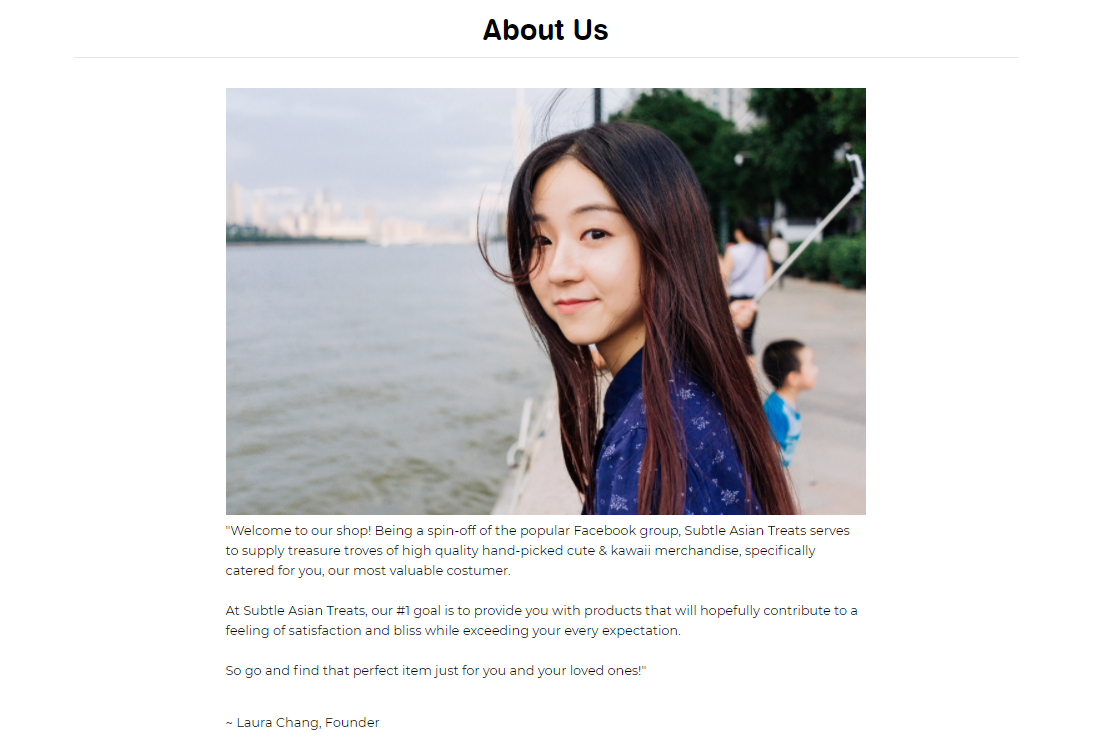As you settle on a winning product, you start to picture your target audience.
You research everything there is to know about them and eventually, you know where they hang out, what content they consume, their interests, and even the way they speak.
But knowing who they are and what they like is just one piece of the puzzle.
Running a business is a two-way street and getting them to know and like you is just as important if you want those sales.
Because if your target audience can’t relate to your brand, chances of converting them into customers diminish.
And the all-important key to this is to be a brand they can relate to and one that speaks to them in their language.
In short, you have to be like them.
But it may be hard to channel your target audience when creating a brand strategy, especially when you’re demographically worlds apart.
Fret not, we’re here to tell you the good news: There’s a way around it.
In this post, we’ll introduce a successful hack business owners who’re nothing like their target audience have implemented to get buyers to relate to their brands.



Create a Fictional Character

If you’re worried your ideal buyer won’t be able to relate to your actual self, create a persona that they can resonate with.
→ Click Here to Launch Your Online Business with Shopify
This is a two-tiered trick that doesn’t require much time and effort.
Give It a Relatable Name
The first thing to do, as with all new beings, fictional or otherwise, is to name it.
Whether you’re male or female, if you’re selling products that are skewed towards the other gender, this helps to break down the barrier immediately.
When entrepreneur Tze Hing Chan launched his plushies store, Subtle Asian Treats, he wanted it to have a “sense of humanity.”
“I want the customers to feel that the store is run by an actual person, it’s not a scam or anything,” says Tze.
But Tze didn’t want to use his real name. So as a workaround, he chose the name “Laura” for the store’s founder-cum-customer service rep.
“How I came up with Laura was that it was an Asian girl, it’s female, it’s basically my target market,” says Tze. “Someone I would picture buying my products.”
Laura was everywhere. She signed off on emails and even responded to customer queries and online reviews.
It worked like a charm.
“Looking from all the reviews on that boba plushie page, almost all of them are like four, five stars.”
In fact, it worked so well, things got a wee bit personal.
“I even had one drunk customer sending me emails, saying, ‘I love you,’ and it was really weird.”
Put a Face To the Name
This is a good first step. But there’s only so much your buyers can infer from a name because of the limited number of demographic boxes it checks: female or male.
So aside from simply naming his store founder, Tze also gave Laura an actual face by grabbing a stock picture off Unsplash.

This gave Laura a bit more personality and allowed Tze’s buyers to visualize her and subsequently relate better to her.
But behind it all, it was 100 percent Tze.
Incorporating Artificial Intelligence
Entrepreneurial duo Lachlan and Taylor adopted a similar tactic with their store, which they drove to success while under COVID-19 lockdown.
As two Australian teenagers, they knew that selling their product, which was in the Toys & Hobbies category, to a target audience of not only the opposite gender but also an entirely different generation was going to be a challenge.
Like Tze, they created a fictitious rep, called Sheryl*, to front their customer relations. To make her relatable, they molded her according to who they pictured their ideal customer to be.
“How we are gonna win them over is by making the customer service rep the customer. The exact same demographic,” says Taylor.
The duo decided to also tag on a profile picture for Sheryl.
But they didn’t want to take a picture of a real person off the internet and parade her as Sheryl, which meant that stock image websites were out of the question.
So they hopped over to thispersondoesnotexist.com, a platform that uses artificial intelligence to general fake, but very authentic images.

With every refresh, a new image is produced. So after spending about an hour on the page, Lachlan and Taylor finally found the Sheryl they were looking for.
“We’re talking orange, bushy hair, like, mid-50, yeah, yellow smile,” says Taylor.
This hack came in very handy in the midst of the coronavirus pandemic as supply chains and logistics got completely thrown out of whack and deliveries were massively delayed.
It was a situation that was beyond their control. And it was all thanks to Sheryl that Lachlan and Taylor were not only able to better handle the throngs of queries and complaints that flooded in but also get their buyers to empathize with their situation.
“There were so many, ‘Thank you so much, Sheryl, I understand. Hope you’re staying safe during these times,’” says Taylor.
“They’ll abuse Lachie and Taylor, they won’t abuse Sheryl.”
*The name of Lachlan and Taylor’s fictitious customer service rep has been changed.






